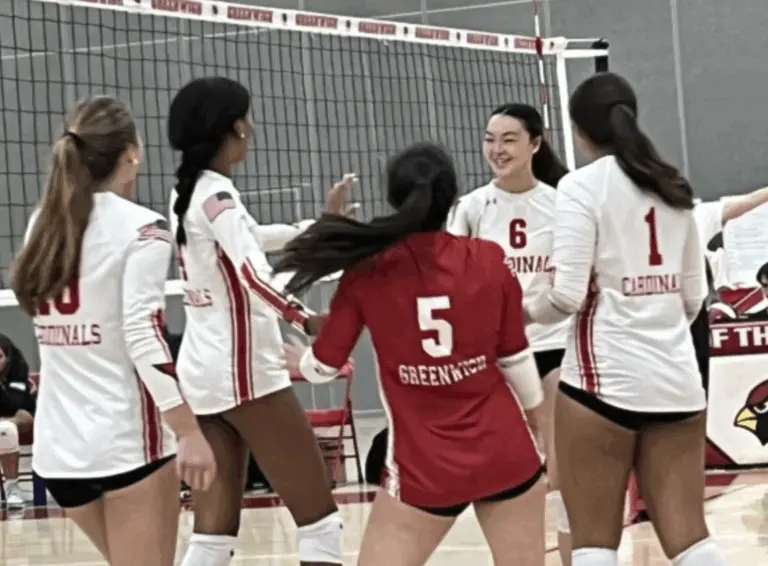By Stephen Janis
In the recent debate over how to fix Greenwich public schools, there was little doubt of the need to immediately refurbish and, in some cases, rebuild a variety of facilities.
However, there was also an underlying policy that received less attention – a process that prescribes how Greenwich finances long-term expenditures, affecting both the final price tag of capital projects like schools and how quickly projects can be done.
Namely, Greenwich’s method of financing big-ticket projects through a process known as “pay as you go.”
It’s a set of guidelines that seeks to limit the amount of debt held by the town by restricting how much it can borrow in a given period of time. It’s also an ever-evolving approach to financing capital projects that is now receiving scrutiny in the wake of the Board of Estimate and Taxation (BET) debate over how to facilitate much-needed fixes to the schools.
BET member William Drake says adhering to borrowing restrictions has many benefits, noting the town’s current approach is more akin to a ‘modified’ pay as you go.
“The Board of Estimate and Taxation has a long-standing practice of borrowing money for short maturities for our town’s capital improvements,” Drake said, “This practice has kept taxes and debt manageable, a success for every resident.”
‘Modified’ pay as you go means the town does not completely avoid debt to finance capital projects. Instead, Greenwich limits borrowing to short-term bonds, usually with a maturity of five years or less. This process contrasts with other municipal entities which often issue bonds with maturities that can range up to 30 years, incurring more interest expense over time.
But pay as you go, modified or not, affects not just how much Greenwich taxpayers will be paying to finance capital projects, but also how quickly and expansively Greenwich can respond to urgent needs.
Those needs are far from modest.
A 2018 school master plan prepared for the BET estimated roughly $1.5 billion in capital costs related to the need to fix aging school facilities. That included minor repairs up to major rehabilitation projects like millions for the Old Greenwich Elementary School and a complete rebuild of Central Middle School. It also added the ongoing efforts to remediate contaminated soil in athletic fields behind Greenwich High School.
The plan led to a record allocation for capital spending in the town’s 2020 fiscal year budget, an increase which was expanded upon this year when the town included $122,000,000 for capital spending. In 2024, Greenwich will achieve another capital spending record high.
It was a response to a backlog of projects that former BET member Mike Mason says have been building for years, and comes with a growing price tag.
“If you go back just 18, 19 years, the annual maintenance budget for the schools was roughly $2 million a year,” he told The Sentinel, “Now it’s closer to $20 million a year.”
Mason says the town’s plan to address the backlog of improvements is sound, but still challenging due to the variety of projects with different timelines and depth of need.
“Now they have so many things on the burner, we’re being challenged to keep up and get it done,” Mason said, “That’s a big change.”
But burgeoning costs are why some believe the town needs to relax the modified pay as you go limits. They want to expand borrowing capacity to fund construction more robustly and at a faster pace.
Among them is BET member Leslie Moriarty, who believes the limits on borrowing actually increases costs by delaying fully funding capital projects.
“This model essentially functions as a limit to capital spending, but reached a breaking point in the 2019-2020 budget when the completed Schools Facilities Master Plan identified significant deficiencies in our school buildings and the costs for the field remediations were better understood,” she told The Sentinel, “The Town needs to commit to consistent funding of capital. This has not always been done and it causes higher prices and stress on the financing model.”
“The best approach is to finance the large and longer useful life projects, like Central Middle School replacement and Western Middle School field remediation, issuing longer bond maturities that match the life of the asset so that the annual payments for these large projects don’t crowd out necessary infrastructure projects,” Moriarty added.
A policy based on history
The town’s modified pay as you go policy has a long history, much of it rooted in past experience.
A 2019 editorial in the Greenwich Time ties the policy to a struggle to pay off mounting debts accrued during the Great Depression when the town nearly went bankrupt. After the town recovered, Greenwich leaders vowed never to go into debt again and adopted a strict pay as you go policy that limited debt almost completely.
A 1982 New York Times article recapping the 50th anniversary of the town’s RTM, also noted that Greenwich avoided debt whenever possible citing the “pay as you go,” policy in the article.
Even then, First Selectman Rebecca Breed expressed concerns that a strict pay as you go policy could hamper the town’s ability to finance pricier long-term projects and fund capital investment.
It wasn’t until 2007 that Greenwich pivoted from a strict pay as you go to the current modified version. The change came after several costly renovations to Hamilton Elementary School and Greenwich High School in the 1990s were hampered by a lack of timely maintenance.
Since then, the modified version of the policy has led to increased capital spending, proponents say.
To be sure, Greenwich does not carry an inordinate amount of debt. The town’s 2021 annual comprehensive financial report lists $161 million in total direct debt outstanding, roughly 5 percent of the total amount allowed by statute.
That law limits the total amount of the town’s indebtedness to 4 percent of the cumulative value of assessed property, which as of 2021 stood at roughly $33 billion dollars, meaning the town has a relatively low level of indebtedness.
Whatever the future holds for the town’s modified pay as you go policy, people from all sides agree that the need to fix Greenwich’s aging schools is a priority. It’s just a matter of finding the right balance between fiscal prudence and urgency to get it done right.
“There’s a lot to do,” says Mason, “We just need to do it effectively.”




